
Overview
The article delves into powerful brandscaping strategies designed to elevate direct-to-consumer (DTC) sales and engagement. It asserts that leveraging data-driven approaches and customer insights is crucial for success. By focusing on strategic optimizations in areas like conversion rate optimization, user experience design, and effective messaging, DTC companies can foster sustainable growth and profitability.
To truly grasp the impact of these strategies, consider the role of data. Companies that harness customer insights can tailor their offerings, leading to improved conversion rates. For instance, a recent study revealed that businesses utilizing data analytics saw a 20% increase in sales within just six months. This underscores the necessity of a robust data strategy in today’s competitive landscape.
Moreover, optimizing user experience is not just a trend; it’s a fundamental aspect of DTC success. By refining the customer journey, brands can create a seamless experience that encourages repeat purchases. Effective messaging also plays a pivotal role in this equation, ensuring that the brand’s voice resonates with its audience.
In conclusion, DTC companies must embrace these brandscaping strategies to thrive. By prioritizing data-driven insights and optimizing user experience, they can achieve not only growth but also lasting profitability. The time to act is now—implement these strategies and watch your DTC sales soar.
Introduction
In a landscape where direct-to-consumer (DTC) brands encounter fierce competition, the urgency for innovative strategies to boost sales and engagement is at an all-time high. This article explores ten brandscaping strategies designed to enhance DTC performance, providing valuable insights into how companies can refine their marketing efforts for maximum impact. However, as brands adopt these strategies, they often face the dilemma of balancing short-term gains with long-term sustainability. How can they ensure their initiatives yield enduring success rather than temporary results?
By delving into these strategies, we aim to equip DTC brands with the tools they need to thrive in this competitive environment. Each strategy is backed by data and case studies, reinforcing the effectiveness of these approaches. As we navigate through these insights, you'll discover actionable steps that can lead to substantial growth and engagement, ensuring your brand not only survives but flourishes in the marketplace.
Parah Group: Implement High-Velocity Conversion Rate Optimization
Parah Group stands at the forefront of Rate Optimization (CRO), expertly applying methods that significantly enhance success rates and average order values (AOV). By leveraging data-driven insights and a deep understanding of consumer psychology, Parah Group empowers DTC companies to optimize their existing resources, ensuring that every facet of their marketing strategy is strategically aligned for maximum impact.
Consider the case of a $30M apparel company that saw a remarkable 35% increase in conversion rates and a 10% rise in revenue per visitor after Parah Group revamped their homepage. This redesign emphasized social proof, minimized unnecessary pop-ups, and optimized product pricing, demonstrating the power of strategic adjustments.
Similarly, a $15M cleaning product company achieved an impressive 80% boost in AOV through targeted bundling, price testing, and the introduction of multi-packs. This approach not only enhances profitability but also reduces reliance on costly advertising strategies, making it essential for companies grappling with rising customer acquisition costs.
In today's competitive landscape, optimizing resources and refining marketing strategies is not just beneficial—it's crucial for sustained growth and profitability. Parah Group's expertise in CRO positions companies to thrive, ensuring they remain ahead of the curve in an ever-evolving market.
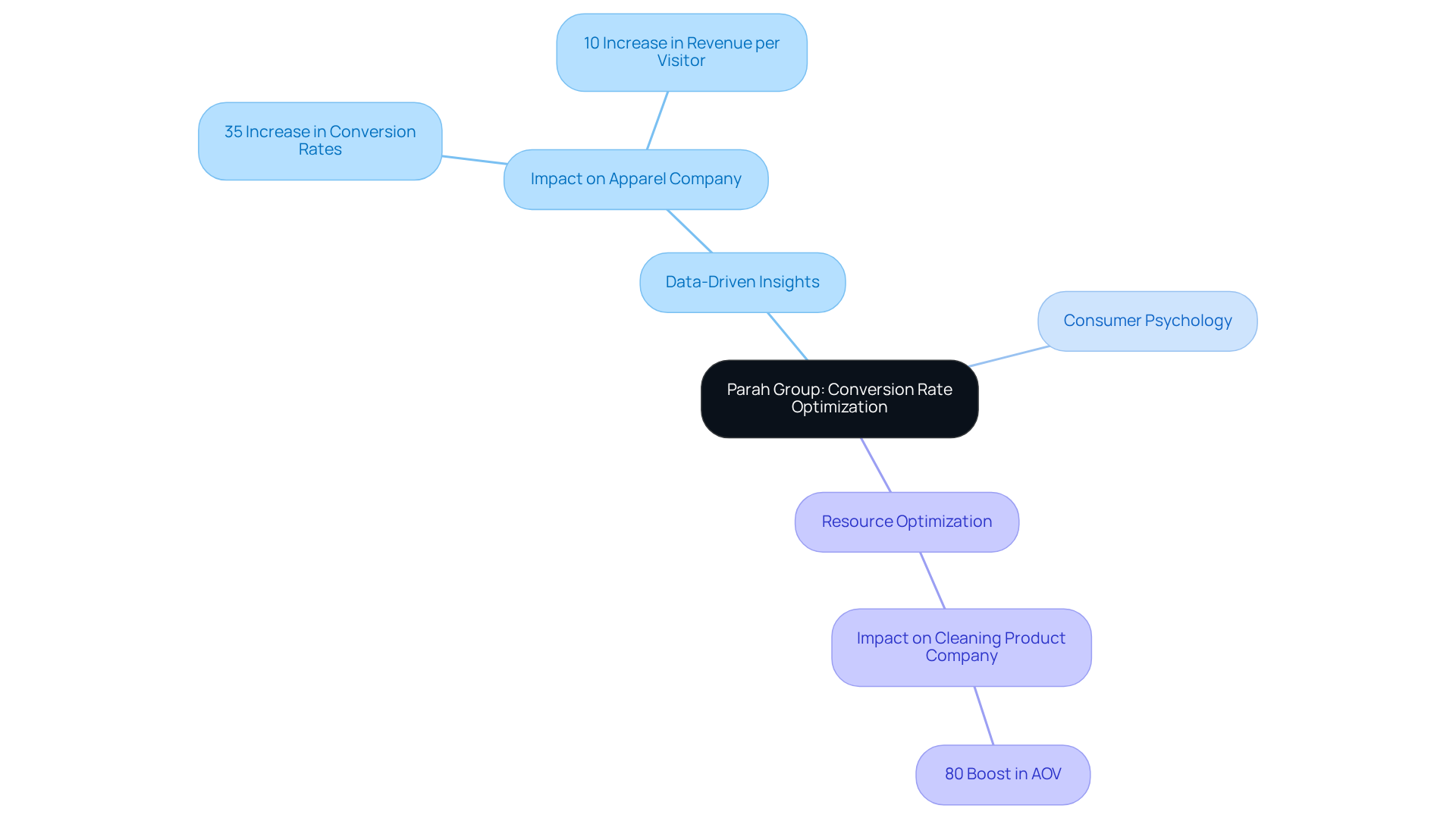
User Session Recordings: Analyze Customer Interactions for Insights
User session recordings serve as a powerful tool for analyzing customer interactions with a website. By monitoring real-time consumer behavior, companies can identify friction points and areas where users disengage. This understanding is invaluable for making data-driven adjustments to the user experience, ultimately leading to higher conversion rates. For example, if recordings reveal that users struggle with navigation, companies can optimize their site layout to facilitate easier access to products.
At Parah Group, we harness these insights as part of our comprehensive five-step process for Conversion Rate Optimization (CRO). Our rigorous testing and data-oriented strategy ensure that each modification contributes to sustainable growth and improved margins, maximizing profitability for direct-to-consumer (DTC) companies. By leveraging user session recordings, businesses can not only enhance their website's usability but also drive significant increases in conversion rates.
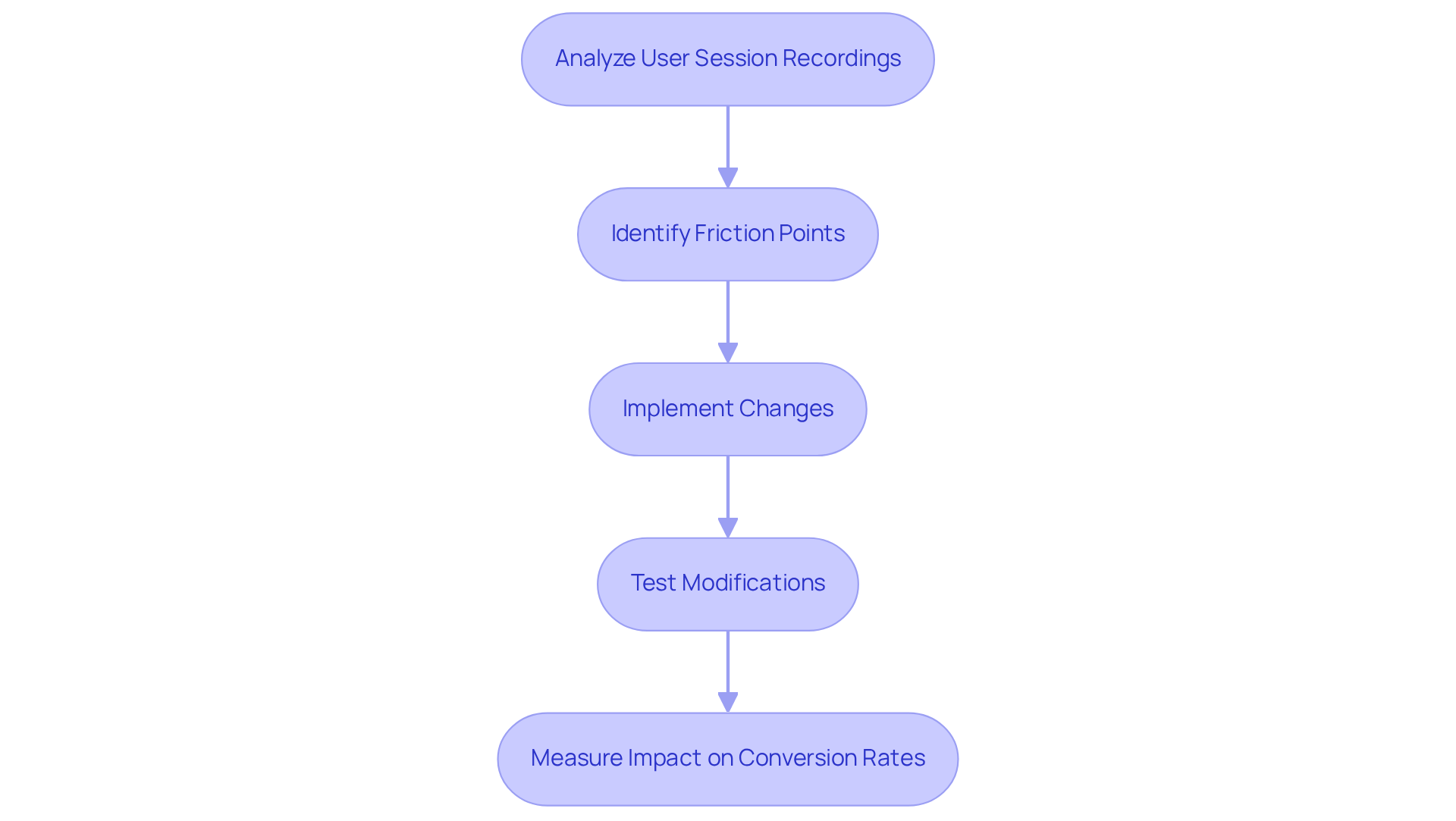
Competitor Analysis: Discover Market Opportunities and Gaps
Conducting thorough competitor analysis is essential for DTC companies aiming to uncover lucrative market opportunities and identify gaps in their offerings. By meticulously analyzing rivals' strengths and weaknesses, these companies can tailor their strategies to stand out in a crowded marketplace. This process involves examining competitors' pricing strategies, product selections, and customer engagement methods. Such insights empower companies to position themselves more effectively, ultimately capturing a larger share of the market.
To illustrate, consider how a company might analyze a competitor's pricing model. By understanding the pricing tiers and promotional strategies employed by rivals, a DTC brand can adjust its own pricing to attract price-sensitive customers while maintaining perceived value. Furthermore, evaluating product offerings allows companies to identify unmet needs within the market, paving the way for innovative solutions that resonate with consumers.
In conclusion, a robust competitor analysis not only informs strategic decisions but also enhances a company's ability to connect with its target audience. By leveraging insights gained from this analysis, DTC companies can refine their approaches, ensuring they not only meet but exceed customer expectations.
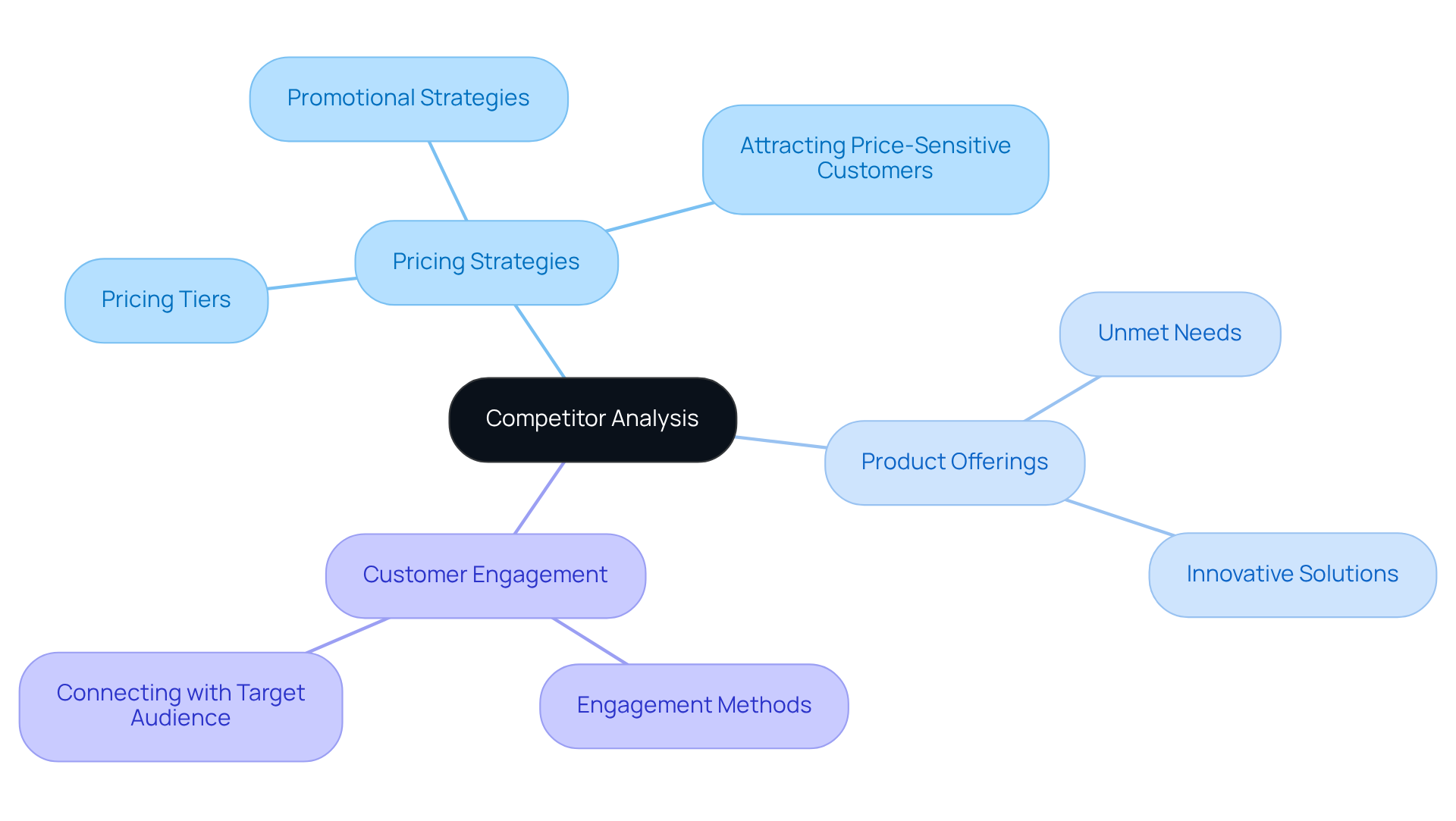
Conversion Copywriting: Craft Persuasive Messaging to Drive Sales
Conversion copywriting is essential for crafting persuasive messaging that directly addresses the needs and desires of your target audience. By leveraging psychological triggers such as urgency, social proof, and emotional appeal, businesses can create compelling calls to action that drive individuals to complete their purchases.
Consider the impact of phrases like "limited time offer" or "join thousands of satisfied customers." These statements not only capture attention but also build interest and generate a strong desire to act. When potential buyers encounter such messaging, they are more likely to feel compelled to take immediate action.
Incorporating these strategies into your copy can significantly enhance conversion rates. By understanding the psychological factors that influence decision-making, you can effectively motivate your audience to finalize their purchases. This approach not only establishes your authority in the field but also fosters trust and relatability with your audience.
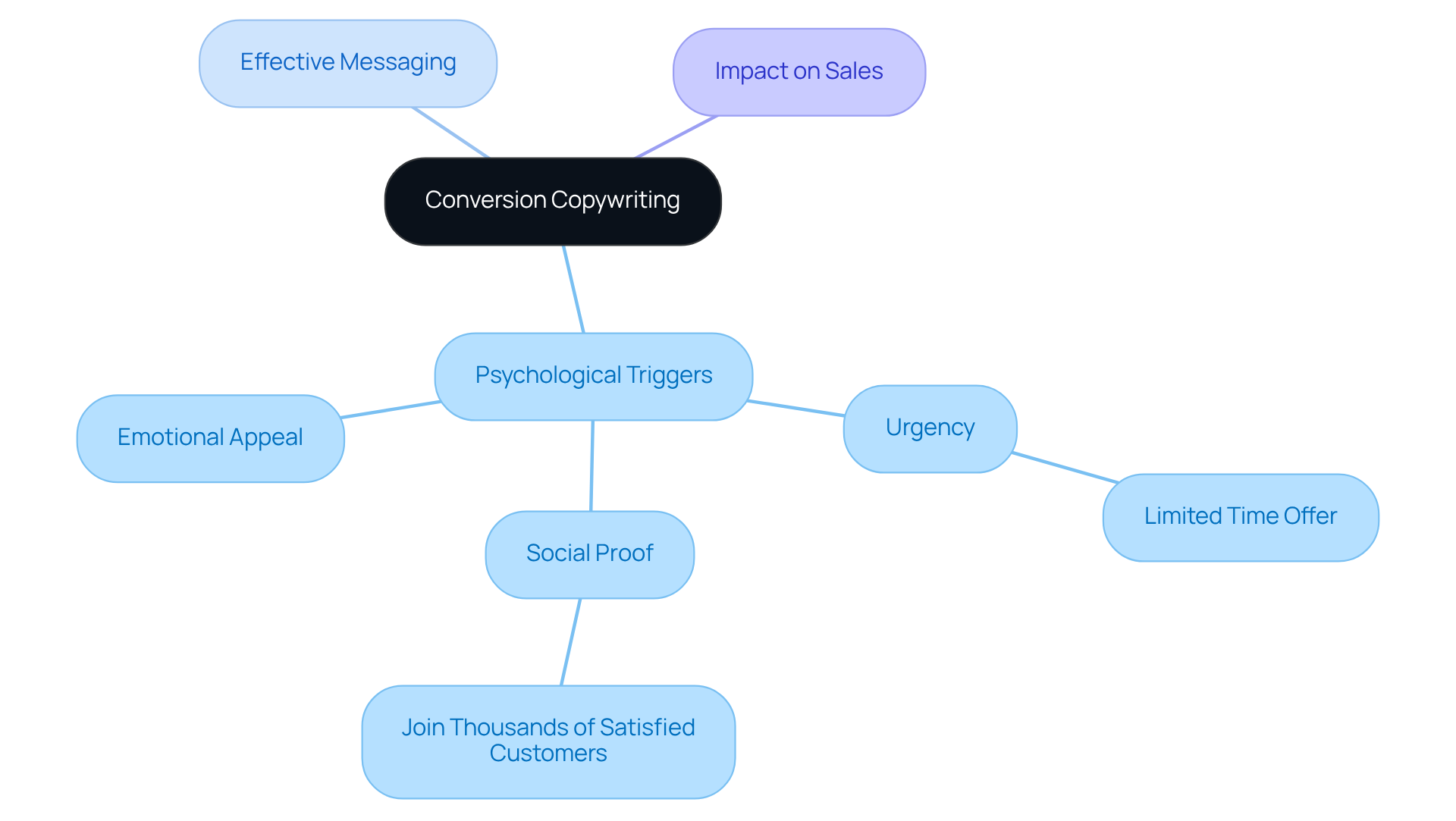
UI/UX Design: Enhance User Experience for Increased Engagement
UI/UX design is essential for crafting an engaging and intuitive interaction experience. By focusing on critical elements like layout, color schemes, and navigation, brandscaping allows brands to ensure that users find what they need quickly and effortlessly. A seamless visitor experience not only keeps users on the site longer but also significantly increases the likelihood of conversion, which is vital for boosting profitability.
For instance, streamlining the checkout process can dramatically reduce cart abandonment rates. Our case studies illustrate that enhanced interfaces have led to substantial increases in conversion rates. By implementing strategic design changes—such as emphasizing social proof and simplifying navigation—companies can effectively drive revenue growth and enhance their bottom line.
In conclusion, prioritizing UI/UX design is not just about aesthetics; it’s a strategic move in brandscaping that can lead to measurable business success. Brands that focus on brandscaping through thoughtful design will not only enhance user satisfaction but also position themselves for greater profitability.
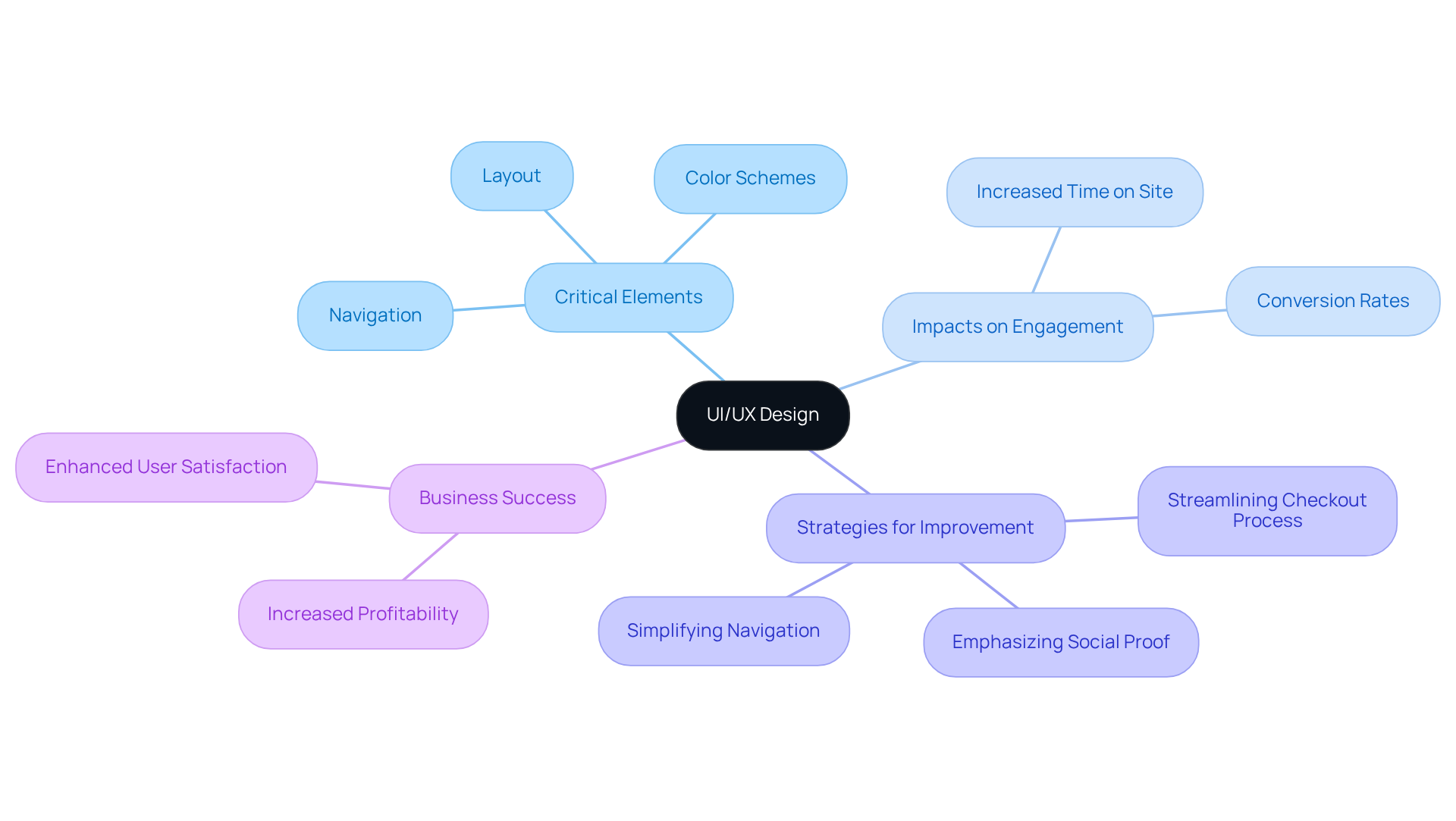
Customer Surveys: Gather Feedback to Inform Brand Strategies
Customer surveys stand as a cornerstone for gathering insights directly from consumers. These surveys, when crafted with targeted questions, unveil critical feedback on product satisfaction, user experience, and overall brand perception. Such information is not merely data; it serves as a powerful tool to refine marketing strategies, enhance product offerings, and elevate customer service.
Consider the implementation of skip logic in surveys. This technique tailors questions based on previous answers, leading to more relevant insights. By adopting this approach, brands can ensure that they are not just collecting data, but are actively engaging with their customers in a meaningful way.
In conclusion, effective brandscaping through customer surveys can transform how brands interact with their audience. By refining marketing approaches and improving service based on direct feedback, companies can foster stronger relationships with their consumers, ultimately driving success.
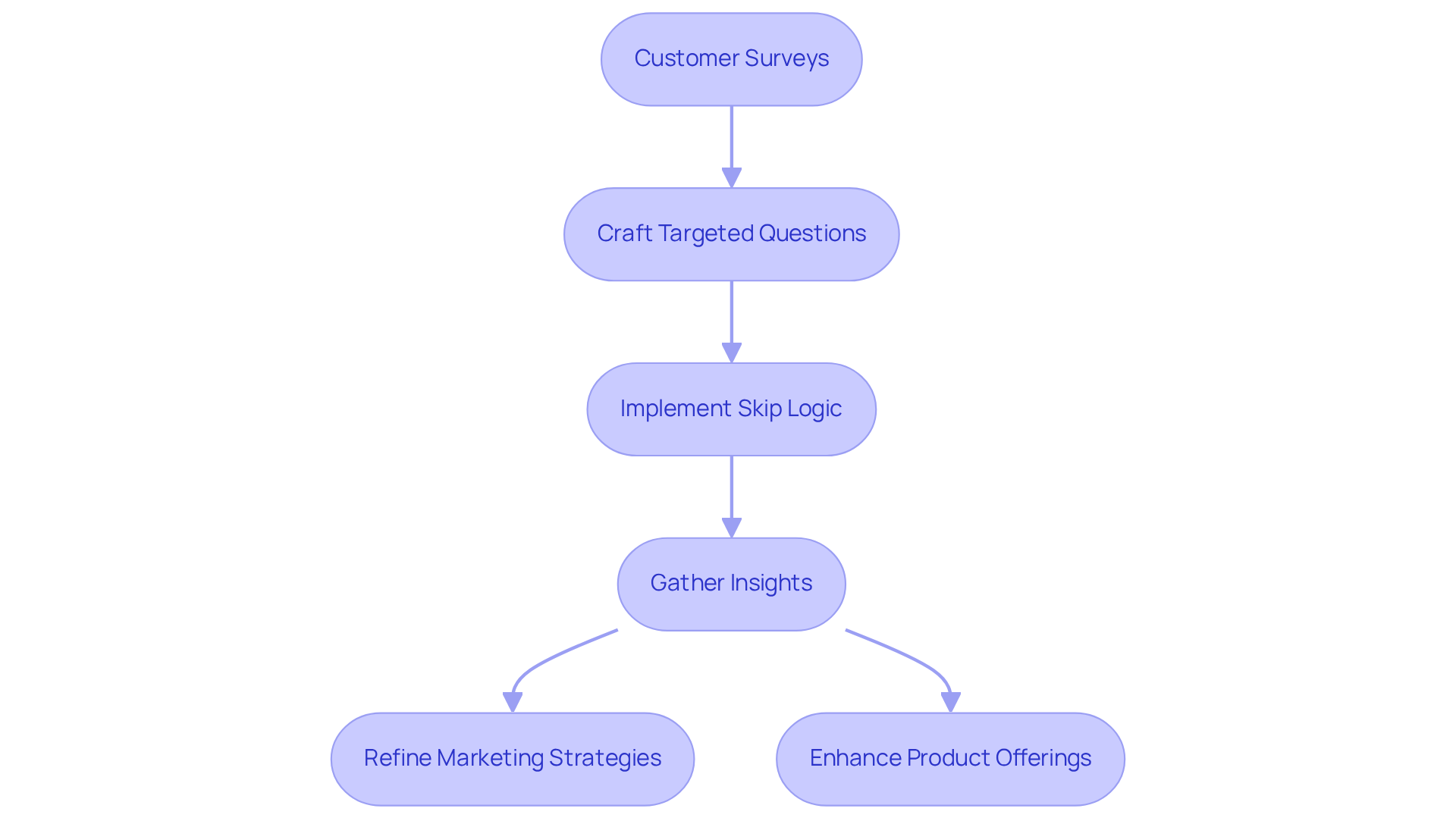
Ongoing A/B Testing: Optimize Strategies Through Real-Time Data
Ongoing A/B testing stands as a cornerstone of a successful Conversion Rate Optimization (CRO) strategy. By rigorously testing different variations of web pages, emails, or ads, companies can pinpoint which elements truly resonate with their audience. This process may involve experimenting with various:
- Headlines
- Images
- Calls to action
The insights gleaned from these tests empower companies to make data-informed decisions that enhance user interaction and drive sales. For example, a simple adjustment in the color of a call-to-action button can yield remarkable increases in click-through rates.
Such data-driven strategies not only improve engagement but also foster a deeper understanding of customer preferences. By continuously refining their approach through A/B testing, businesses can stay ahead of the curve, ensuring that their marketing efforts are both effective and aligned with audience expectations. Ultimately, the ability to adapt and optimize based on real-time feedback is what sets successful companies apart in today’s competitive landscape.

Consumer Psychology: Utilize Psychological Triggers for Effective Marketing
Applying consumer psychology in marketing approaches can significantly enhance a company's effectiveness. Understanding the psychological triggers that influence consumer behavior—such as scarcity, social proof, and authority—enables brands to craft messages that resonate deeply with their audience. For instance, emphasizing limited stock availability creates a sense of urgency, prompting quicker purchasing decisions.
Moreover, leveraging testimonials and reviews builds trust and credibility, further encouraging conversions. By showcasing real experiences, brands can foster a connection with potential customers, making them more likely to engage.
Incorporating these strategies not only improves marketing outcomes but also enhances brandscaping by positioning a brand as an authority in its field. As companies adopt these insights, they can expect to see a marked increase in consumer engagement and loyalty.

Sustainable Growth Strategies: Ensure Long-Term Profitability
Implementing sustainable growth strategies is not just beneficial; it’s essential for DTC companies aiming for long-term success. By concentrating on optimizing current resources, enhancing customer retention, and fostering loyalty, these companies can secure their future. Prioritizing customer satisfaction and engagement allows businesses to build a loyal customer base that drives repeat purchases.
Consider the case of Parah Group, which partnered with a $30M clothing label. Their efforts led to a remarkable 35% increase in sales rates, achieved through homepage redesigns that emphasized social validation and improved product pricing. Similarly, a $15M cleaning product company experienced an 80% surge in average order value by testing free shipping thresholds and introducing bundles. These validated strategies not only boost customer retention rates but also pave the way for ongoing profitability, showcasing the effectiveness of focused optimization efforts.
In conclusion, DTC companies must adopt these proven strategies to thrive in a competitive landscape. By leveraging data-driven insights and prioritizing customer engagement, they can ensure sustainable growth and long-term success.

Data-Driven Strategies: Make Informed Decisions for Enhanced Performance
Data-informed approaches empower DTC companies to make informed decisions that drive performance. By meticulously analyzing metrics such as conversion rates, customer acquisition costs, and user engagement, brands can pinpoint trends and identify areas ripe for improvement. This analytical strategy fosters the continuous enhancement of marketing plans, ensuring alignment with consumer behavior and market demands.
Consider the impact of collaborating with a seasoned CRO agency like Parah Group. With a senior-level team dedicated to sustainable growth and profitability, they significantly elevate this process. Their distinctive approach emphasizes strategies that not only reduce costs but also enhance margins. The onboarding experience begins with an immediate call from your CRO lead, laying the groundwork for long-term growth, while ongoing communication is tailored to meet the unique needs of each client.
Moreover, leveraging analytics tools to track user interactions yields invaluable insights into the most effective marketing channels. This data-driven guidance informs future investments and optimizes conversion rates, paving the way for sustained success. By adopting these practices, DTC companies can ensure their marketing efforts are not just reactive but strategically aligned with the evolving market landscape.

Conclusion
Implementing effective brandscaping strategies is not just beneficial; it’s essential for direct-to-consumer (DTC) companies looking to boost sales and engagement. By integrating techniques like conversion rate optimization, user session analysis, and competitor insights, brands can establish a robust framework that not only meets but anticipates consumer needs. This proactive approach empowers businesses to optimize their marketing efforts, ensuring that every interaction is crafted to drive conversions and foster loyalty.
Key insights from the article underscore the significance of data-driven decision-making, persuasive messaging, and user-centric design. Strategies such as:
- Ongoing A/B testing
- Leveraging consumer psychology
- Gathering customer feedback through surveys
enable DTC brands to continually refine their tactics. Real-world examples demonstrate how companies have successfully increased conversion rates and average order values through targeted adjustments and innovative strategies.
In a rapidly evolving marketplace, adopting these brandscaping strategies is vital for sustained growth and profitability. By embracing data-informed practices and prioritizing customer engagement, DTC companies can position themselves for long-term success. The journey toward optimizing sales and enhancing customer relationships begins with a commitment to understanding and responding to the dynamic needs of the market.
Frequently Asked Questions
What is Parah Group's focus in terms of business optimization?
Parah Group specializes in Conversion Rate Optimization (CRO), applying data-driven insights and consumer psychology to enhance success rates and average order values (AOV) for direct-to-consumer (DTC) companies.
Can you provide an example of Parah Group's impact on a client's conversion rates?
Yes, a $30M apparel company experienced a 35% increase in conversion rates and a 10% rise in revenue per visitor after Parah Group revamped their homepage, focusing on social proof, reducing pop-ups, and optimizing product pricing.
How did Parah Group help a cleaning product company improve its AOV?
A $15M cleaning product company achieved an 80% boost in AOV through targeted bundling, price testing, and introducing multi-packs, which enhanced profitability and reduced reliance on expensive advertising.
Why is conversion rate optimization important for DTC companies?
Optimizing resources and refining marketing strategies is crucial for sustained growth and profitability, especially in a competitive landscape where customer acquisition costs are rising.
What are user session recordings and how do they benefit companies?
User session recordings analyze customer interactions with a website, helping companies identify friction points and areas of disengagement, which can be addressed to improve user experience and increase conversion rates.
How does Parah Group utilize user session recordings in their CRO process?
Parah Group incorporates user session recordings into their comprehensive five-step CRO process to make data-driven adjustments that contribute to sustainable growth and improved profit margins for DTC companies.
What is the purpose of competitor analysis for DTC companies?
Competitor analysis helps DTC companies uncover market opportunities and identify gaps in their offerings by examining rivals' strengths, weaknesses, pricing strategies, product selections, and customer engagement methods.
How can competitor analysis influence a company's pricing strategy?
By analyzing a competitor's pricing model, a DTC brand can adjust its own pricing to attract price-sensitive customers while maintaining perceived value, thereby enhancing its market position.
What is the overall benefit of conducting a robust competitor analysis?
A thorough competitor analysis informs strategic decisions and enhances a company's ability to connect with its target audience, allowing them to refine their approaches to meet and exceed customer expectations.
FAQs











